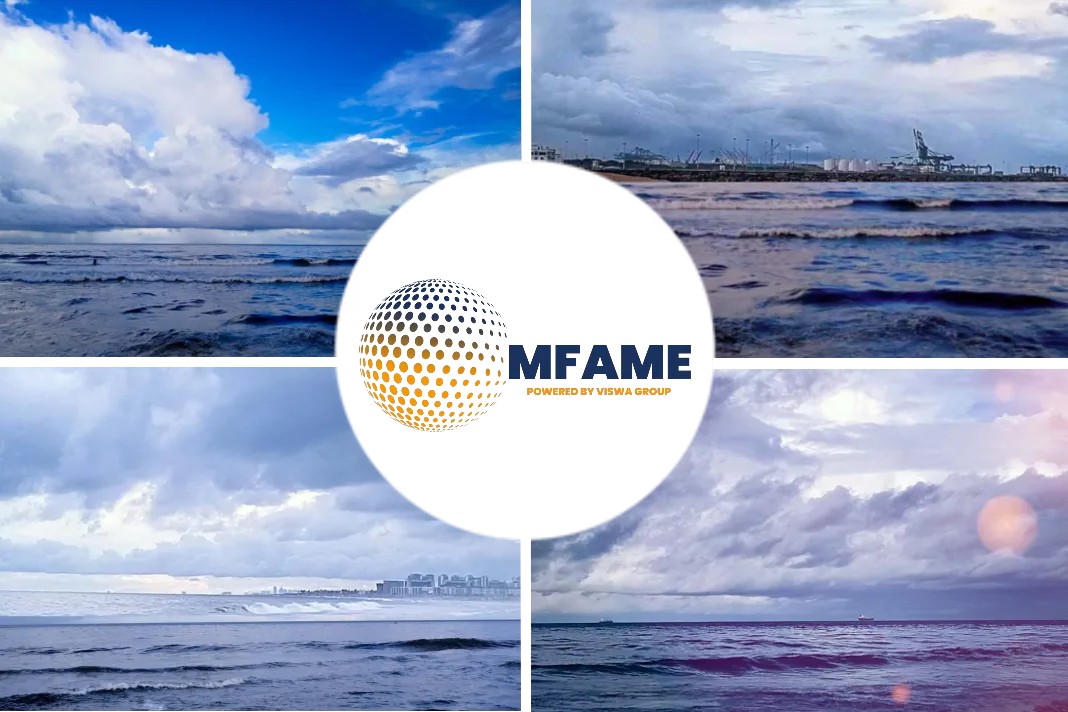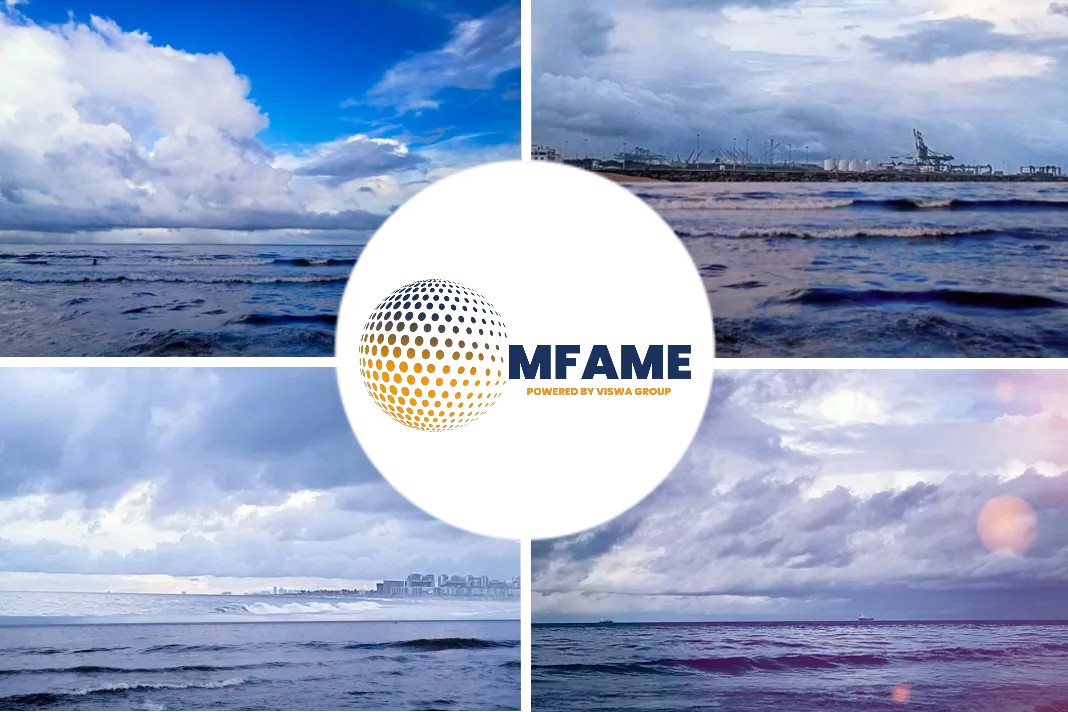- OOCL expects to realize a gain of just under US$1.3 billion by selling its Long Beach Container Terminal for US$1.78 billion, whose net book value was US$345 million.
- A consortium of investors led by the US$5 billion investment fund MIP, are the buyers of the Long Beach Container Terminal.
- The sale is conditional and the completion of the deal will take place 15 days after the last of the conditions are satisfied.
- The Long Beach Container Terminal is one of six terminals at the Port of Long Beach, handling more than 7.5 million TEU and cargo valued at US$194 billion.
Overseas Orient Container Line (OOCL) sells its Long Beach Container Terminal for US$1.78 billion (HK$13.973 billion) in cash, says an article published in Freight Waves.
The sale announcement
Chinese shipping company Orient Overseas (International) Limited (OOIL) announced a Sale and Purchase Agreement to sell 100% of the Long Beach Container Terminal to a consortium led by and Macquarie Infrastructure Partners (MIP), for US$1.78 billion.
OOCL’s owner said that, Overseas Orient International Ltd (OOIL; HKEX:0316) expects to realize a gain of just under US$1.3 billion from the deal.
The net book value of Long Beach Container Terminal as at December 31, 2018, was US$345 million. Profits attributable to Long Beach Container Terminal were US$17.55 million in the 2017 calendar year and US$85.86 million in the 2018 calendar year.
Buyers of Long Beach Container Terminal
The buyers of the Long Beach Container Terminal are a consortium of investors led by the US$5 billion investment fund Macquarie Infrastructure Partners IV, which is managed by Macquarie Infastructure and Real Assets.
That manager, in turn, is part of the Macquarie group (ASX: MQG) which is a Sydney, Australia, headquartered global investment bank and fund manager with more than US$299 billion under management.
Karl Kuchel, Chief Executive Officer of MIP, commented that: “We are pleased to acquire LBCT, a premier terminal in the largest port complex in North America, which serves as a gateway for trans-Pacific trade… we are also committed to completing the current expansion of LBCT by 2022, which will significantly increase the capacity of the terminal.”
Sale is conditional?
The sale is conditional on a variety of consents. There must be
- consent from the U.S. Department of Homeland Security and the Department of Justice.
- a consent needed from the U.S. Committee on Foreign Investment.
- consent to the sale required from the City of Long Beach and that should include the release of an OOCL group company from all obligations under their assignment agreement.
- A waiting period under U.S. antitrust law must also expire.
- There must also be no decree, judgment, order or any other such regulatory action by any government entity in either the U.S. or China that restrains or imposes materially adverse conditions on the deal and the shareholders.
Completion of the deal will take place 15 days after the last of the conditions are satisfied.
Duration and conditions pertaining
OOCL will also enter into a 20 year deal to procure or place a minimum number of vessel lifts at the Long Beach Container Terminal for a given ship and rail tariff. Failure to do so will render OOCL liable to pay a penalty.
Global investment bank J.P. Morgan provided financial advice while law firm Slaughter and May provided legal advice to OOIL.
Terminal of Port of Long Beach
The Long Beach Container Terminal is one of six terminals at the Port of Long Beach. Each year the port handles more than 7.5 million TEU and cargo valued at US$194 billion. Nearly one-in-five of all boxes that move through U.S. ports go through the port. About 2,000 ships call at the port each year.
The Long Beach Container Terminal itself covers 170 acres and has a total berth length of 4,200 feet. It has ten gantry cranes and a berth-draught of 55 feet. There are 2,250 reefer plugs and on-dock rail of 156 intermodal rail car capacity.
OOIL Q1 2019 liftings
OOIL also recently released its first quarter 2019 liftings. The liner shipping company lifted 1.61 million twenty foot equivalent units in the first quarter of 2019, which is a 1.6% increase on the 1.58 million TEU lifted in the prior corresponding period in 2018.
The biggest gainer in percentage terms was the trans-Atlantic route, which rose 13.4 percent in Q1 2019 to stand at 116,822 TEU lifted, up from the 103k recorded in the prior corresponding period.
The company’s trans-Pacific volumes were, however, down by 3.6 percent to stand at 441,148 TEU lifted in Q1 2019. Liftings on the Asia-Europe were 325k, up 7.5 percent on Q1 2018.
Liftings on the intra-Asia/Australasia trade were essentially flat with a 0.8 percent increase to the end of Q1 2019, taking that route’s liftings to 722k TEU. The intra-Asia/Australasia route accounted for the highest volume of liftings at just under 45 percent of the Q1 2019 total.
OOIL Q1 2019 revenues
OOIL also recorded increased revenues in Q1 2019. Revenues stood at US$1.46 billion, a 5.9 percent increase from the US$1.38 billion recorded by the end of Q1 2018. The trans-Pacific route generated the highest revenues for the company in Q1 2019 with US$558.47 million.
That’s a 5.6 percent increase on the Q1 2018 figure of US$528.99 million. That figure accounts for 38 percent of the revenues raised by OOIL in Q1 2019.
The second largest revenue generated route
The intra-Asia/Australia route generated the second-greatest revenues with US$456.11 million generated, however, revenues only grew by 2 percent. The biggest revenue growth was found on the trans-Atlantic, which increased by 16.3 percent, but this was from a much lower base, and so trans-Atlantic Q1 2019 revenues stood at just under US$140.60 million.
OOIL reported revenues of just over US$6.57 billion in 2018, which led to an operating profit of about US$263 million, and a net profit of US$108 million. It derived nearly all of its revenues from container transport and logistics. As at the end of 2018 it had over US$10 billion in assets and US$5.3 billion of liabilities.
As at the end of 2018, OOIL operated a 477-strong boxship fleet with a total capacity of 2.76 million twenty foot equivalent unit containers. In 2018, it lifted about 6.7 million TEU.
Did you subscribe to our daily newsletter?
It’s Free! Click here to Subscribe!
Source: Freightwaves






















you are really a excellent webmaster. The site loading speed is incredible.
It kind of feels that you’re doing any distinctive trick.
Furthermore, The contents are masterpiece. you have done a magnificent process on this topic!
I saw similar here: sklep online and also here: sklep online
Wow, marvelous weblog structure! How lengthy have you been blogging for?
you make running a blog glance easy. The total glance of your
web site is magnificent, as smartly as the content!
You can see similar: dobry sklep and here sklep